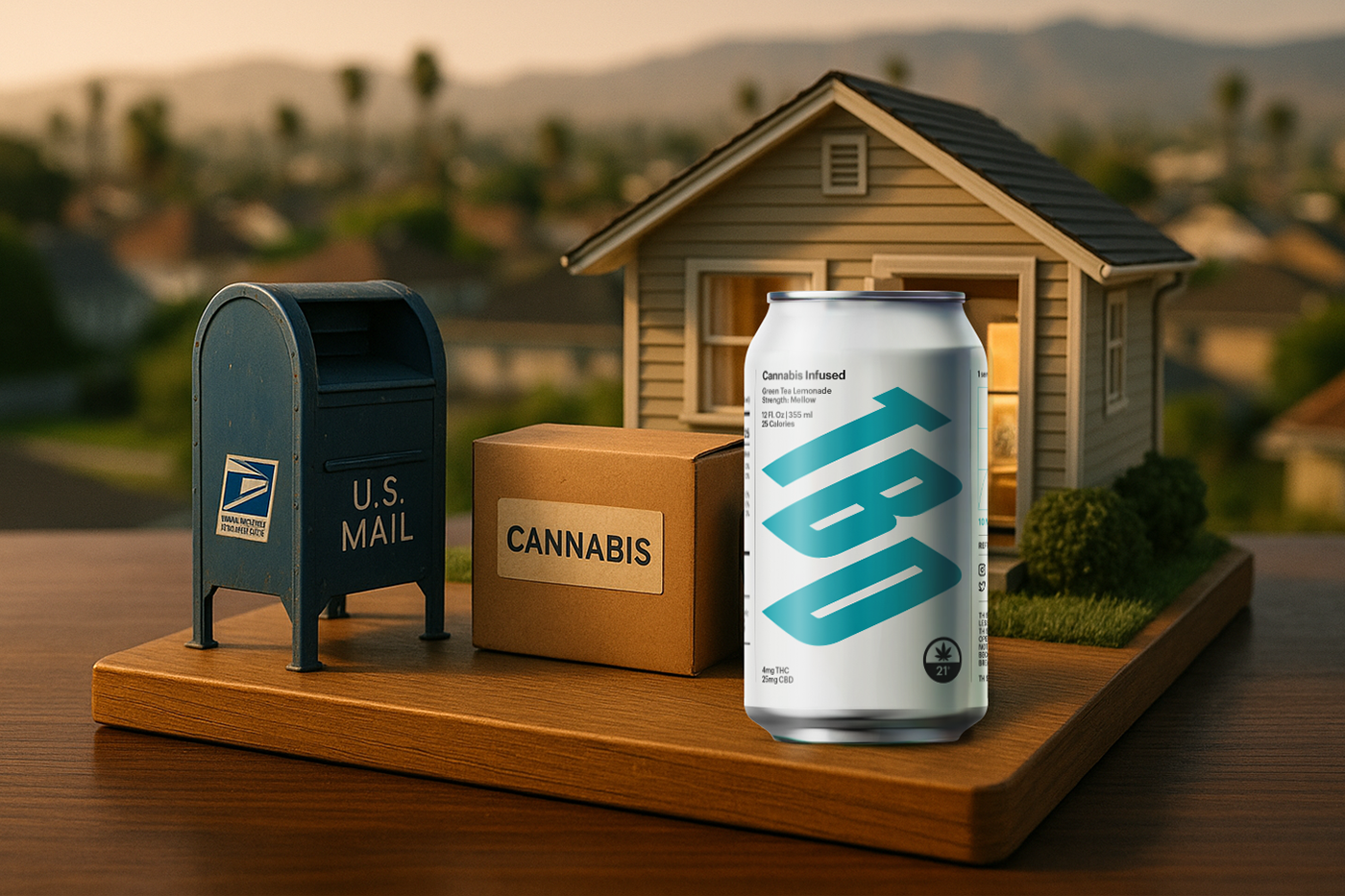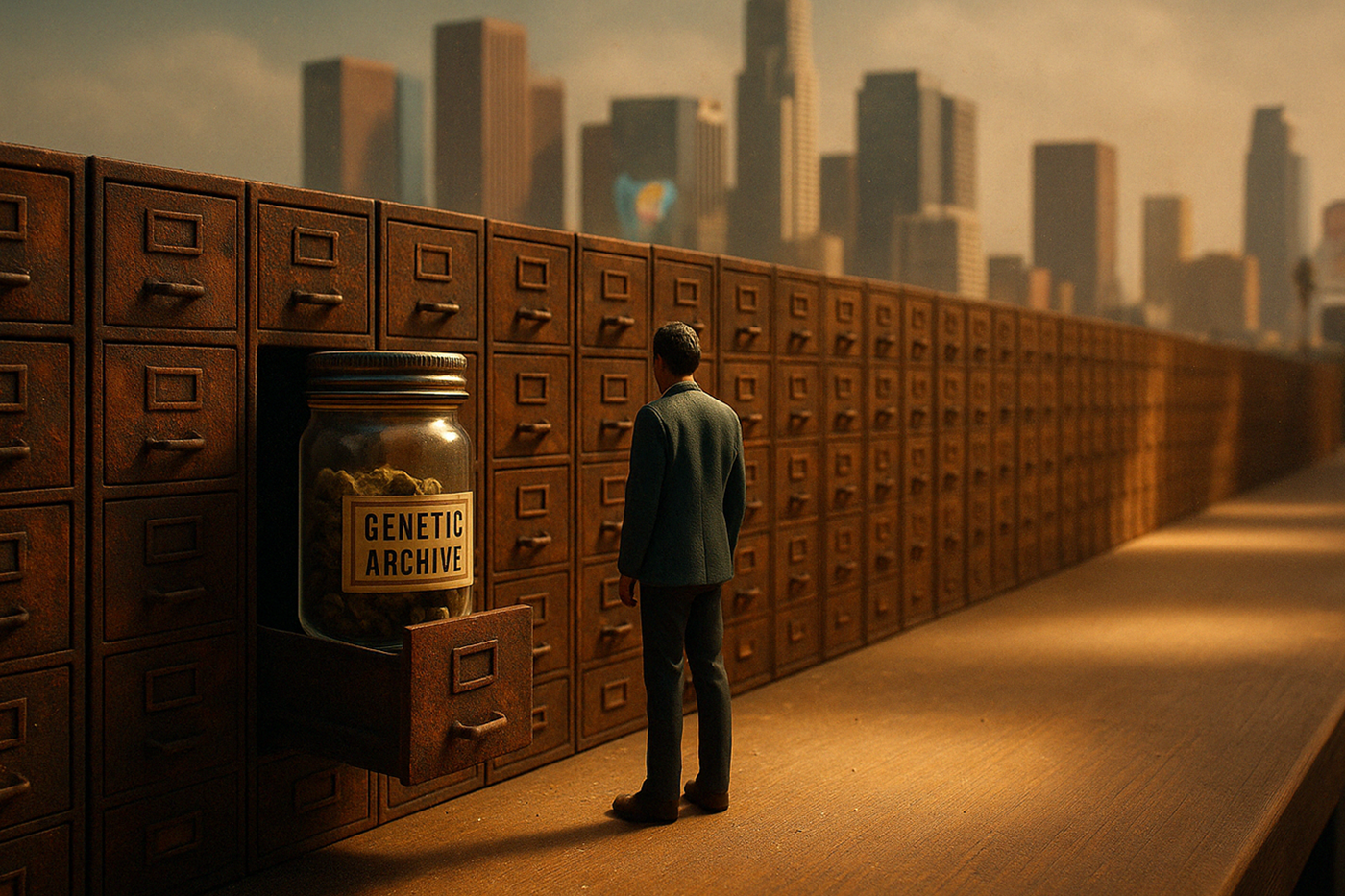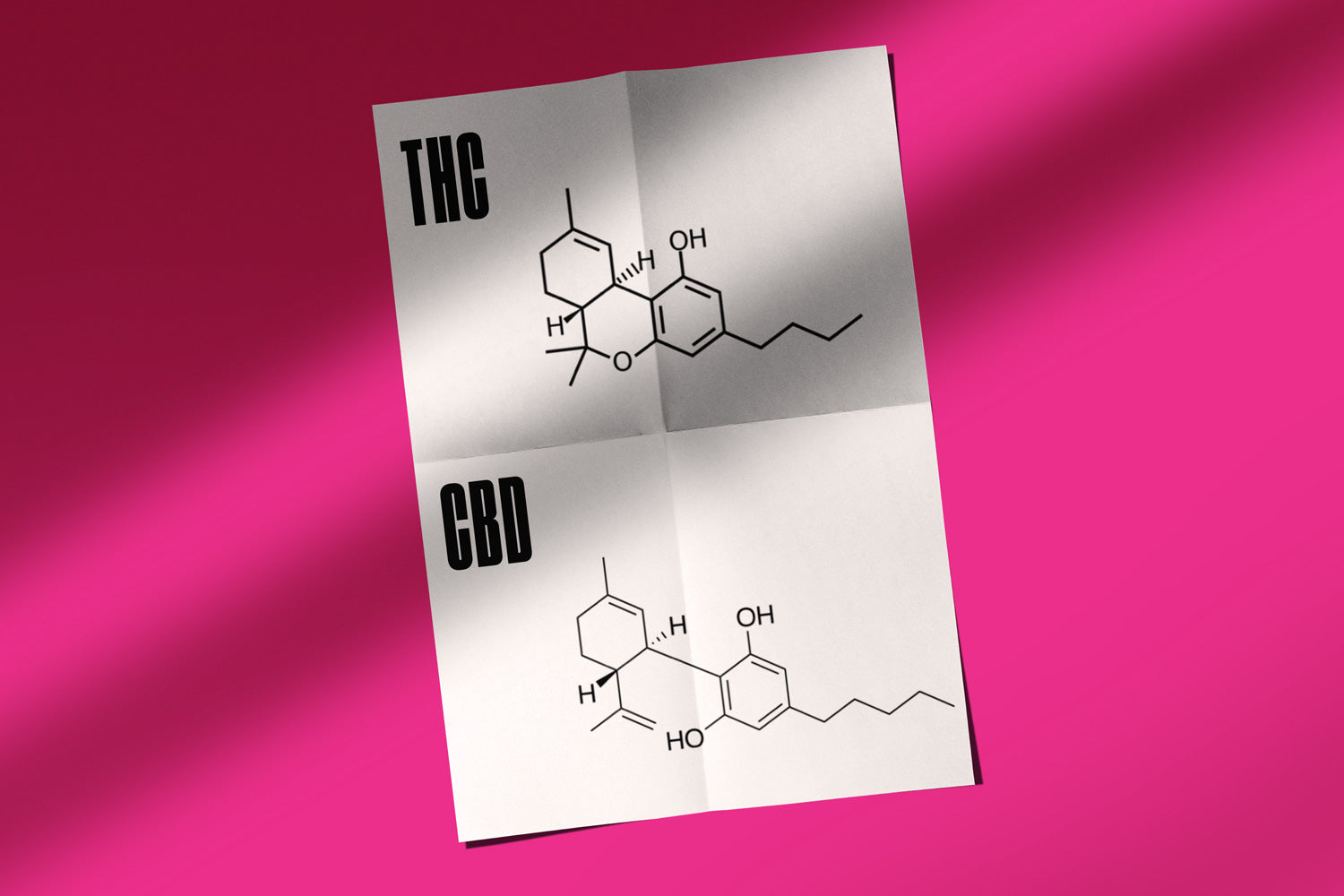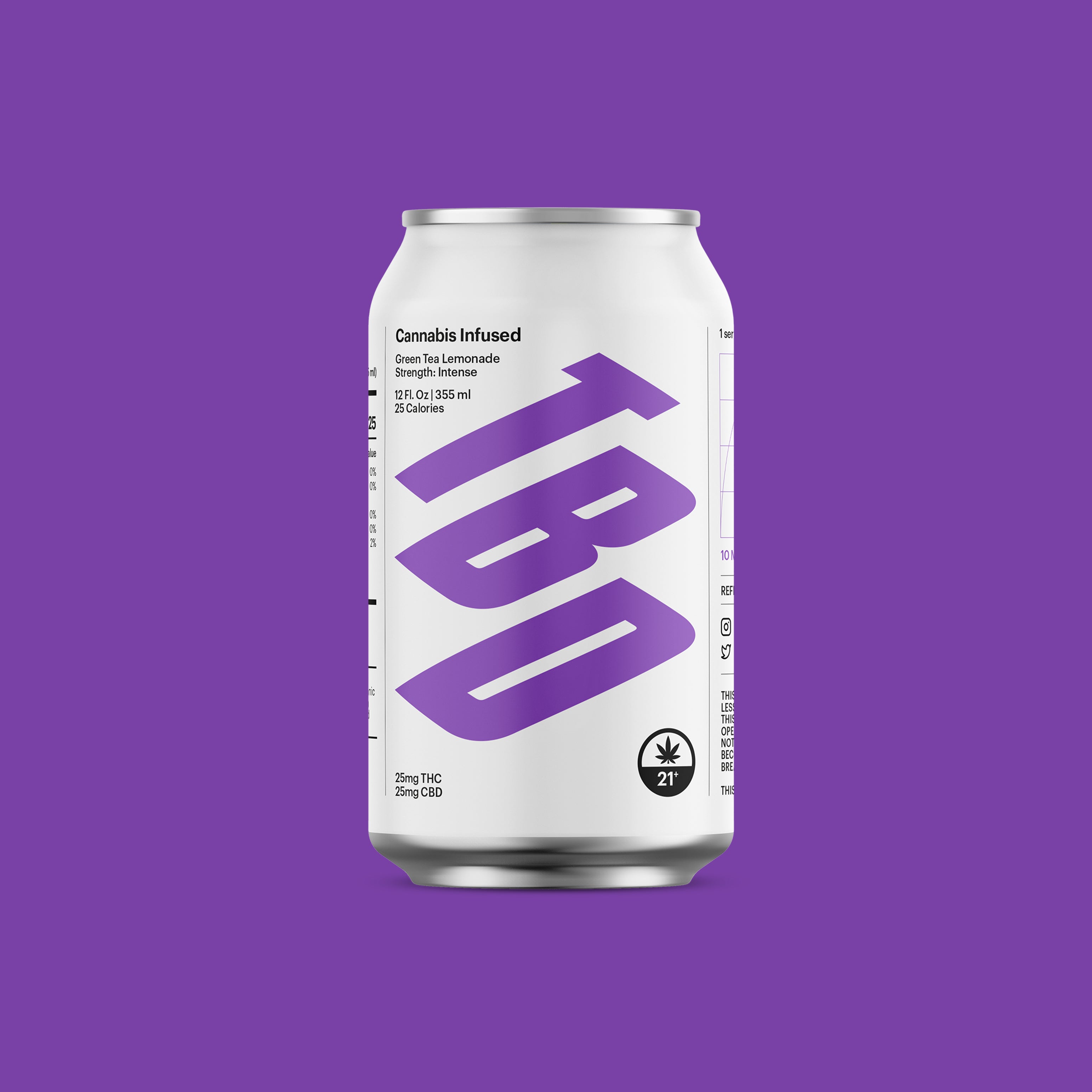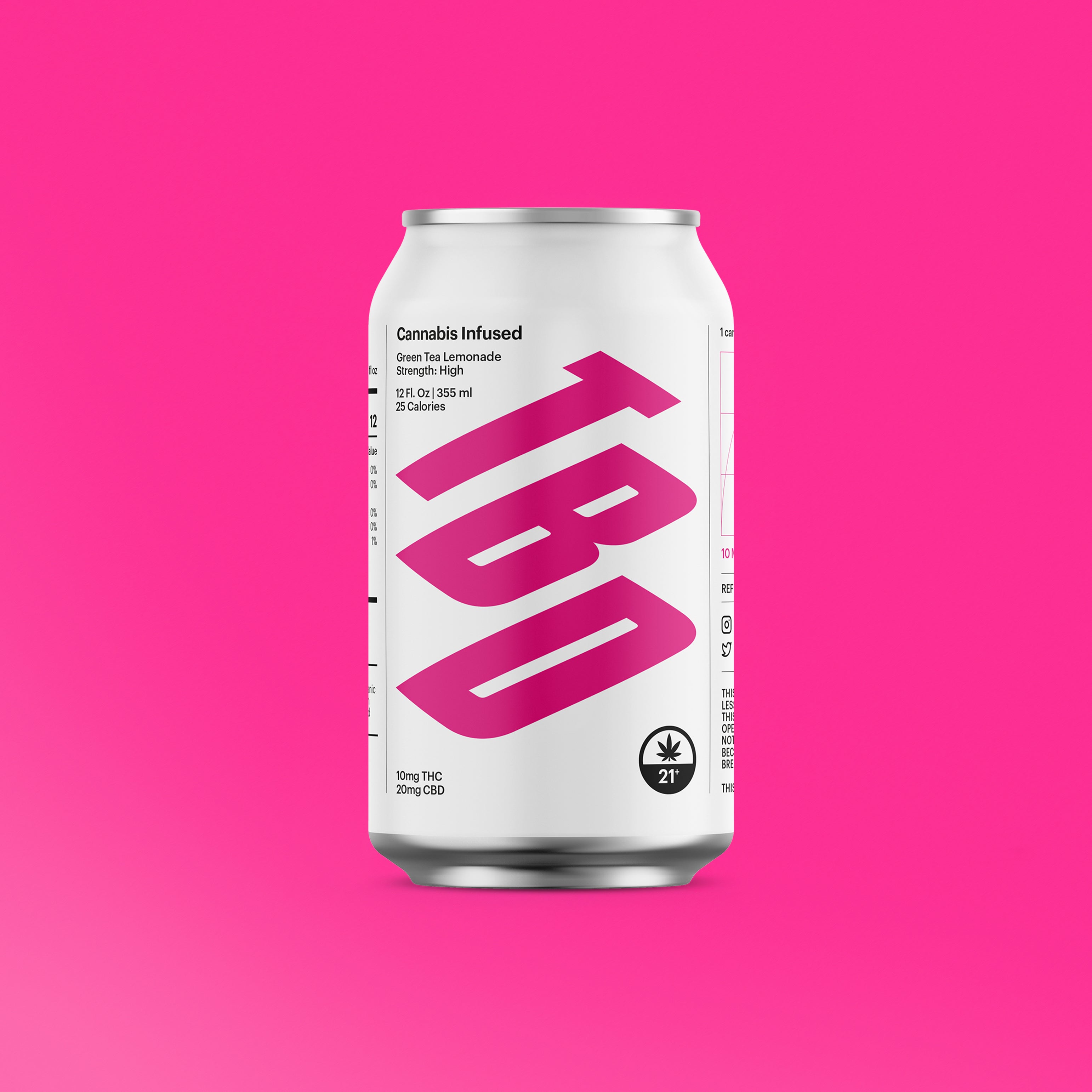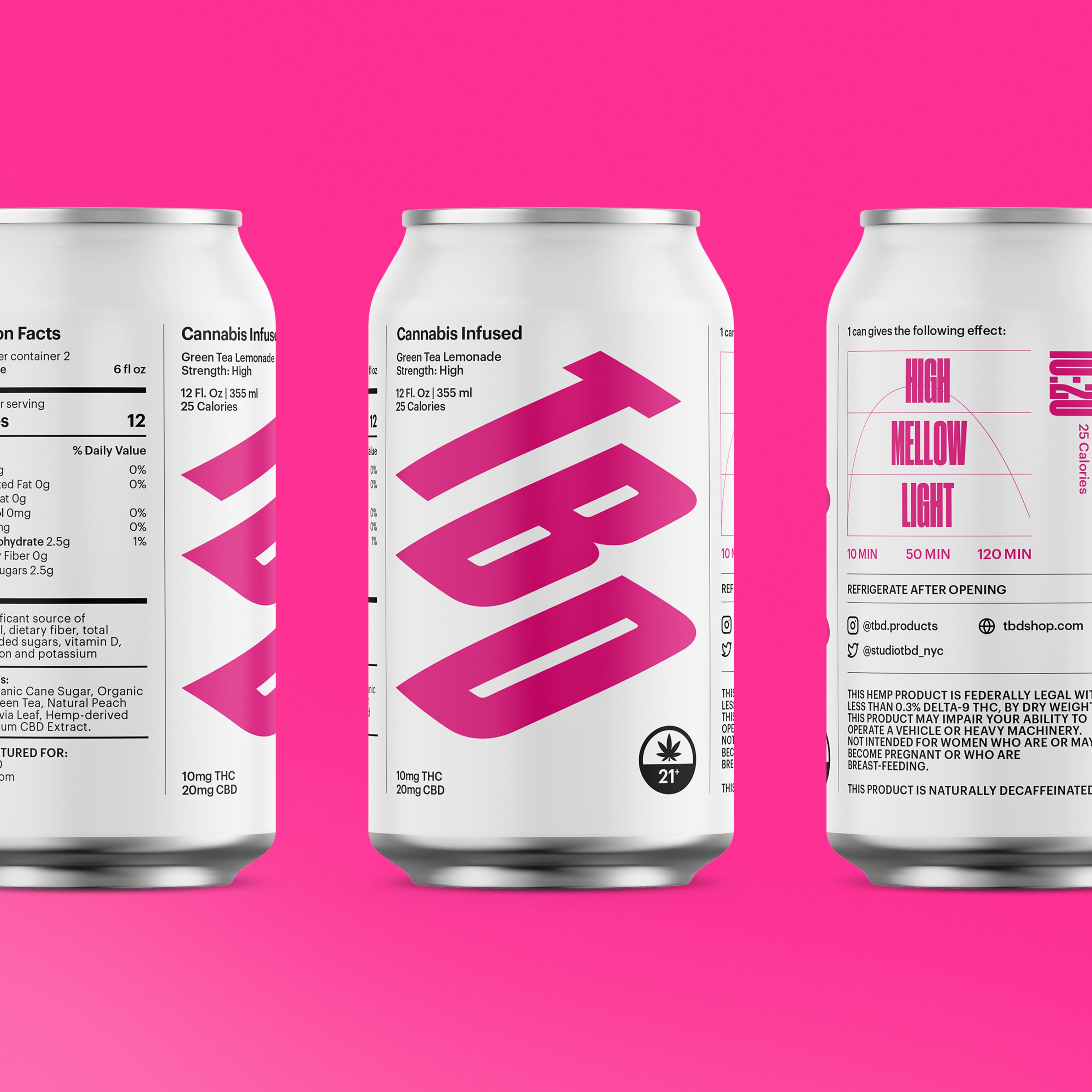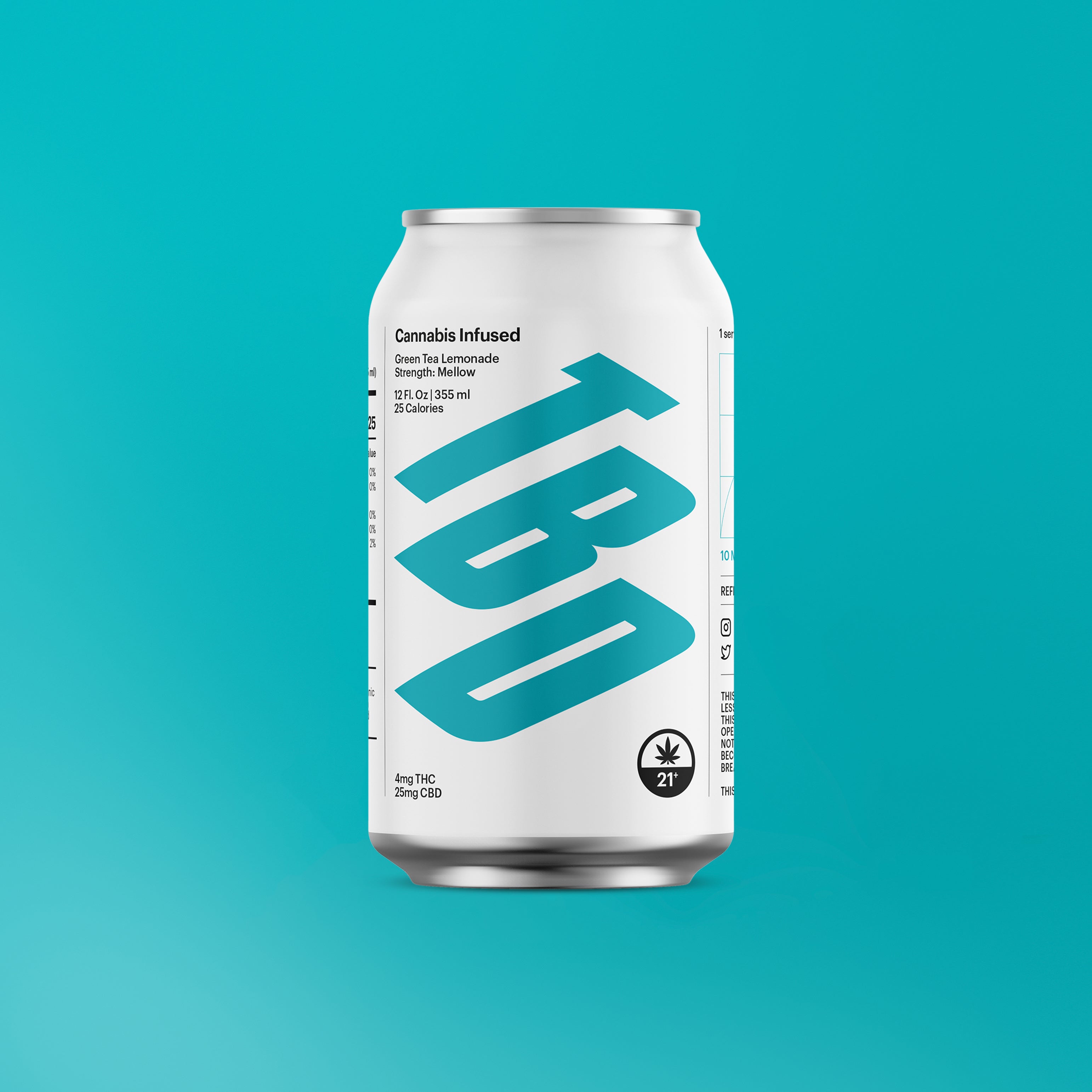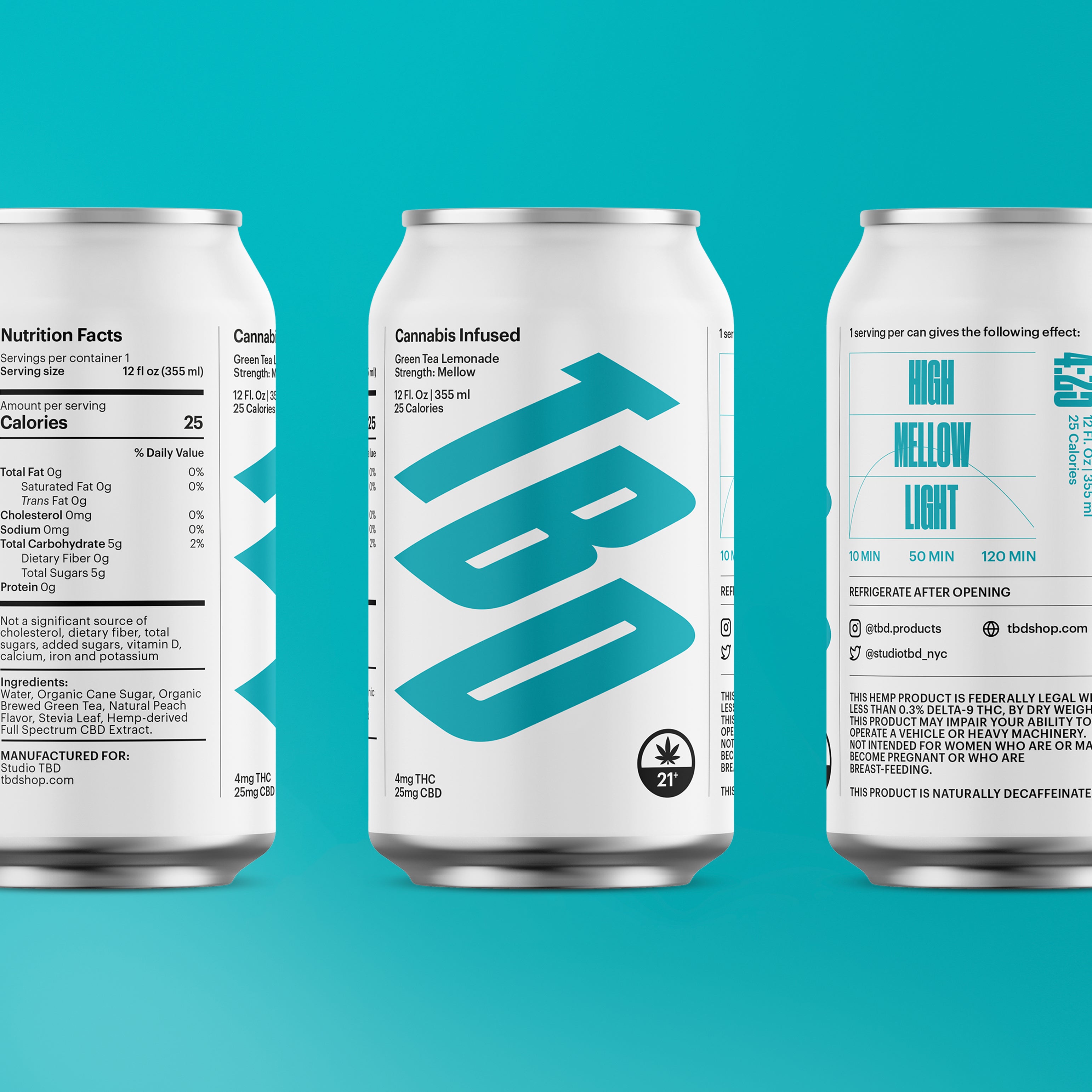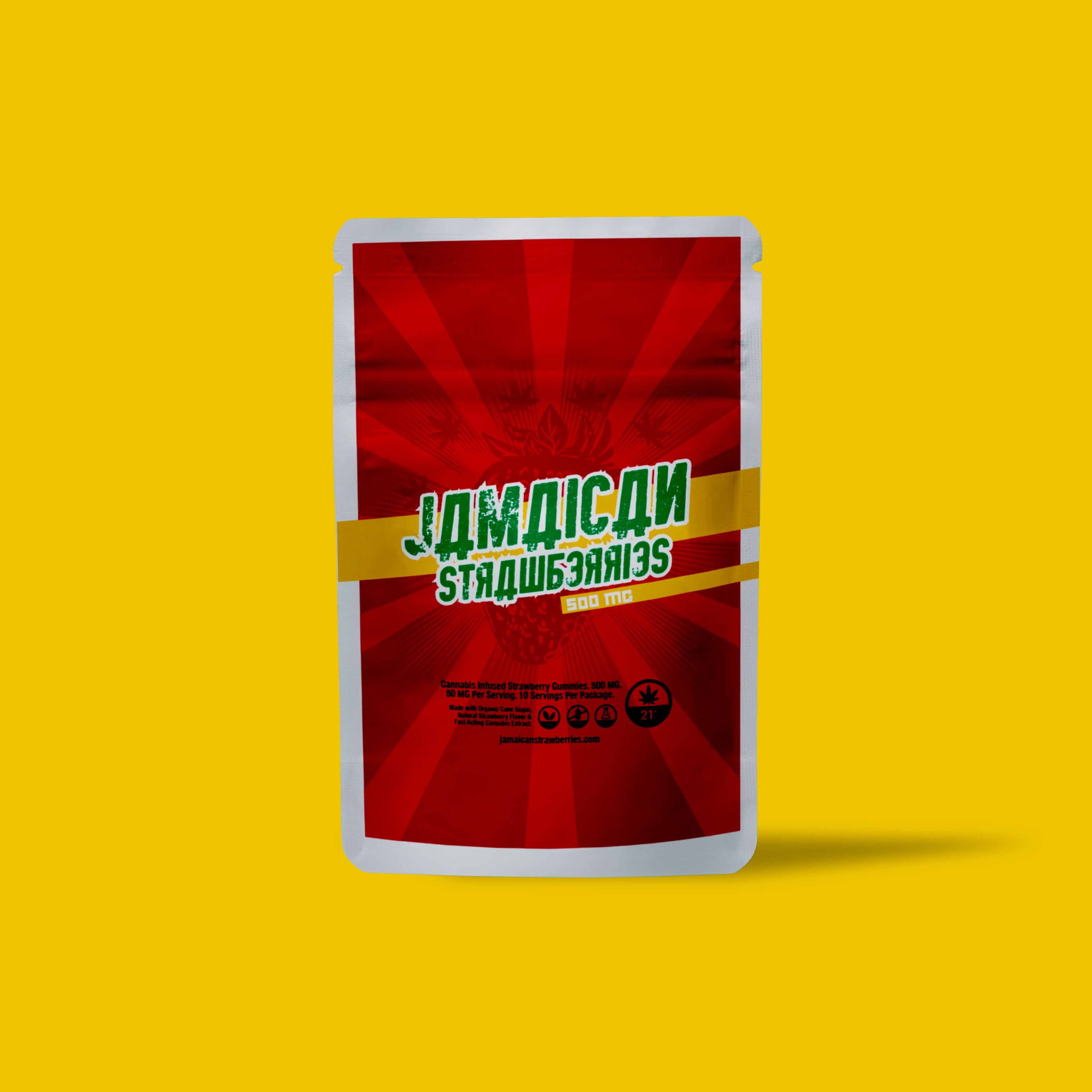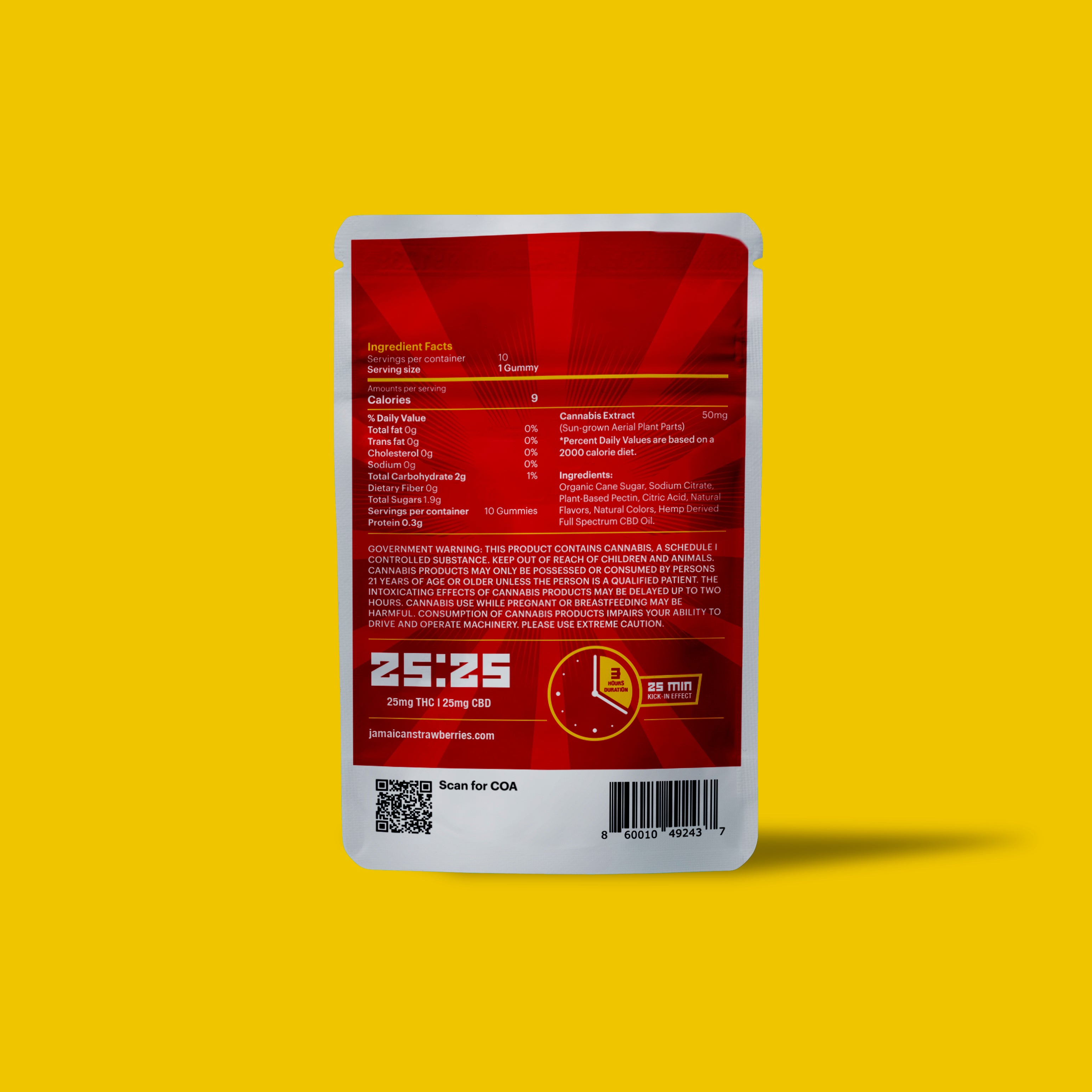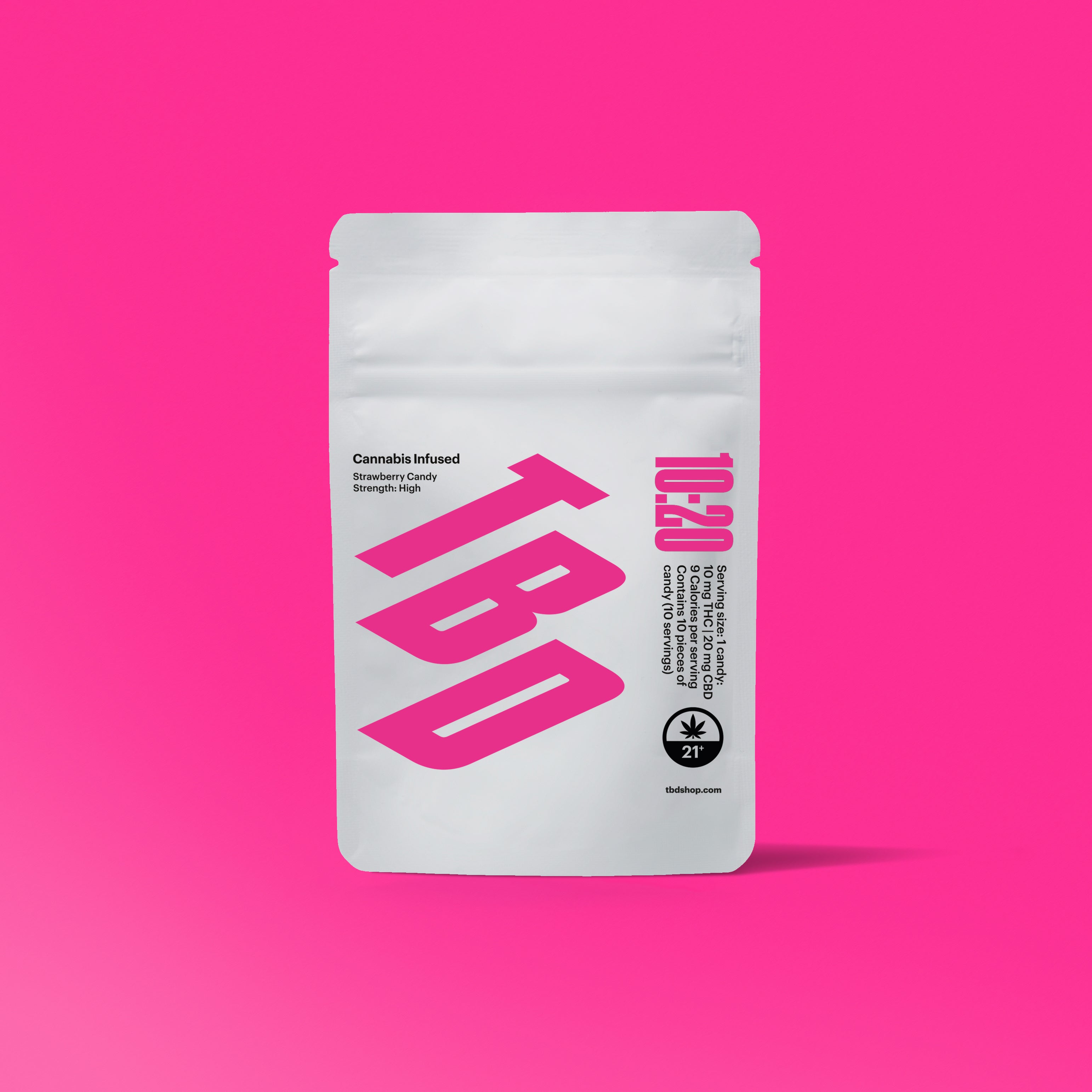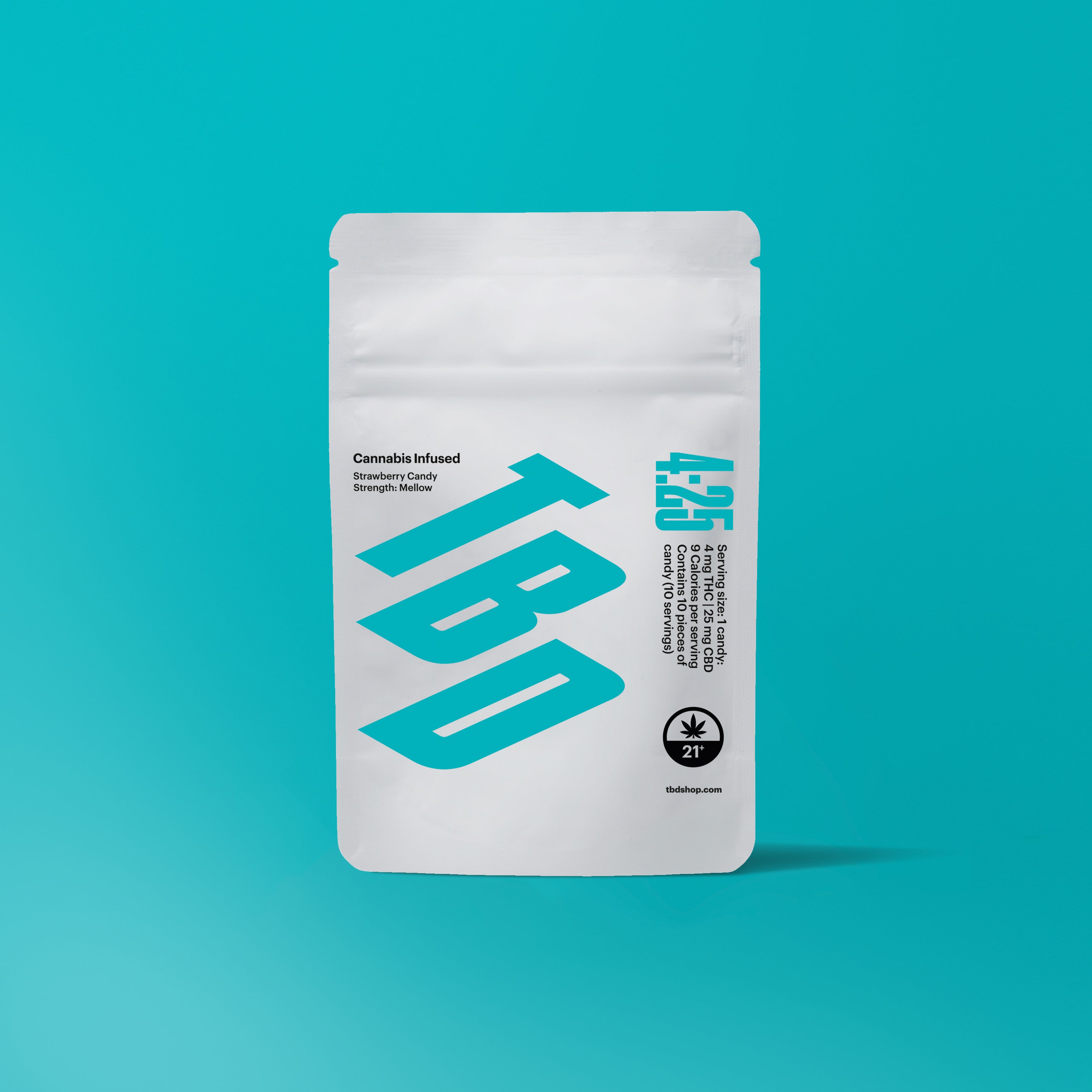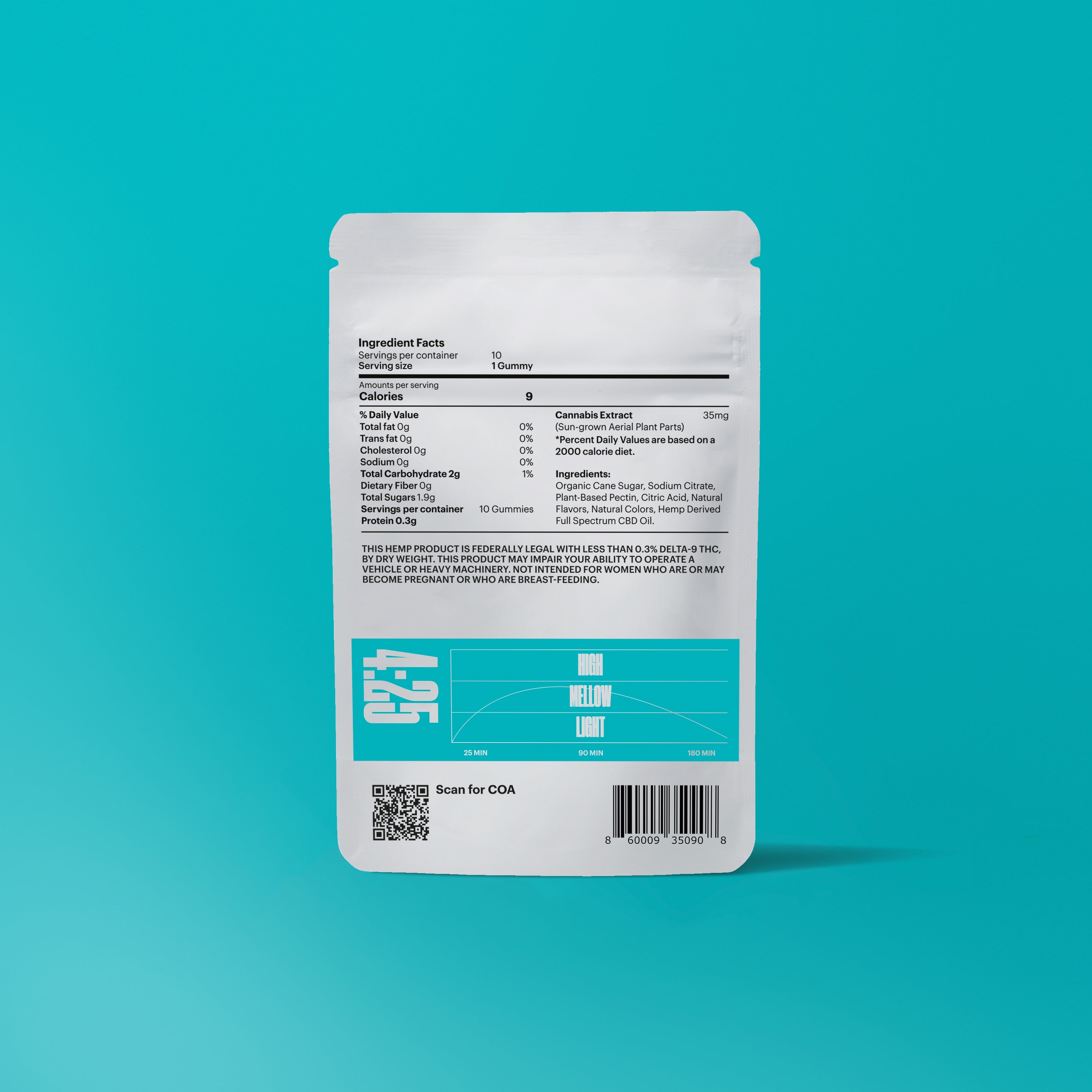How Cannabis Traveled from California’s Underground to the Heart of American Culture
A chronicle in 10 chapters—from borderlands and beat poets to boardrooms and billboards.
The plant didn’t just survive. It got smarter.
For decades, cannabis was either too soft to notice or too strong to trust. The experience was a toss-up. You could light up and feel nothing. Or eat a gummy and spend the next six hours trying not to lose your mind. It was imprecise by design. The wildness was part of the myth.
But myth doesn’t scale. Science does.
And once cannabis came into the lab, it changed fast.
We learned how to extract it cleanly. How to balance it with other cannabinoids. How to stabilize it. Flavor it. Dose it. Protect it.
And then came nanoemulsion.
Tiny particles. High absorption. Water-compatible. Fast-acting.
The biggest breakthrough no one could see.
With nanoemulsion, cannabis didn’t need to sit in your stomach and wait. It could enter the bloodstream quickly. Predictably. You could sip it. You could feel it. You could plan around it. It didn’t replace the plant—it made the plant more accessible. More flexible. More usable.

It turned cannabis into something you could offer a friend without needing to give them a warning label.
That precision changed everything.
Not just for dosing—but for experience. For confidence. For trust.
The difference now is that we’re not guessing.

For a long time, people took cannabis and hoped it would go well. Sometimes it did. Sometimes it didn’t. That was the deal.
Now we have better tools. Nanoemulsion changed how fast cannabis works. Testing changed how clearly we understand it. These aren’t gimmicks. They’re foundations. They let us work with the plant instead of around it.
That means we can start thinking about design.
Not design like branding. Design like function. Like clarity. Like what the experience is actually supposed to feel like—for someone in the real world, at a real time of day, doing real things.
Fun is part of that. So is calm. So is focus. So is trust.
The point isn’t that we’ve figured it all out. The point is we can now try—and know if it’s working.
That’s new.
And it’s a better place to start from.
When cannabis was underground, responsibility didn’t matter.

You bought what you could get. You took what you could handle. If it went wrong, it was on you.
That’s not the world we’re in now.
Cannabis is on shelves. It’s in mailboxes. It’s next to the sparkling water and the protein bars. It looks like any other product. That means it should behave like one.
It should be safe. Predictable. Transparent.
It should respect the people who use it—and the people around them.
Clarity of function, clarity of effects. Childproof. But delicious and amazing.
And the more normal cannabis becomes, the more those expectations will grow. There will be much more regulation, some destructive, some that will make things better. There will be bad actors. There will be incompetence and fear. There will be heroes and villains.
That’s fine. That’s the way it has always been.
This is the first time cannabis has been available to everyday people across the country.
Not just in a few dispensaries. Not just in certain cities. But in homes, in fridges, in weekend routines. In plain sight. At scale.
That’s new. And no one knows exactly what comes next.
There’s no playbook for what people will want when they don’t have to whisper. No prediction for how taste will evolve when the product works the way it’s supposed to. No way to know which formats will last and which ones will disappear.
That’s the good part.
Because now the market can tell us.
People will decide what kind of experience they want. What feels good. What earns their trust. What fits into their lives without taking them out of it. It won’t be about hype anymore. It’ll be about use. And repeat use.
This is the biggest shift in the history of the plant.
And we’re only just beginning to hear what people really think.
Cannabis has been outlawed, overhyped, misunderstood, and misused.
It’s been a scapegoat. A symbol. A market. A target.
It’s been grown in forests, sold in parking lots, and patented in government offices.
It’s been passed in silence and shouted through billboards.
It’s been medicine, myth, punchline, and lifeline.
And now, for the first time, it’s just… available.
Not everywhere. Not without friction. But available.
And that changes everything.
Because now the conversation shifts.
Now the customer decides what works. What doesn’t. What’s worth it.
Now the plant doesn’t need to prove itself.
It just needs to show up—and be honest.
The science is here. The infrastructure is building.
The rest is still unwritten.
But after all these years, the most important part is finally possible:
We get to find out what cannabis can be
when people are free to decide for themselves.


